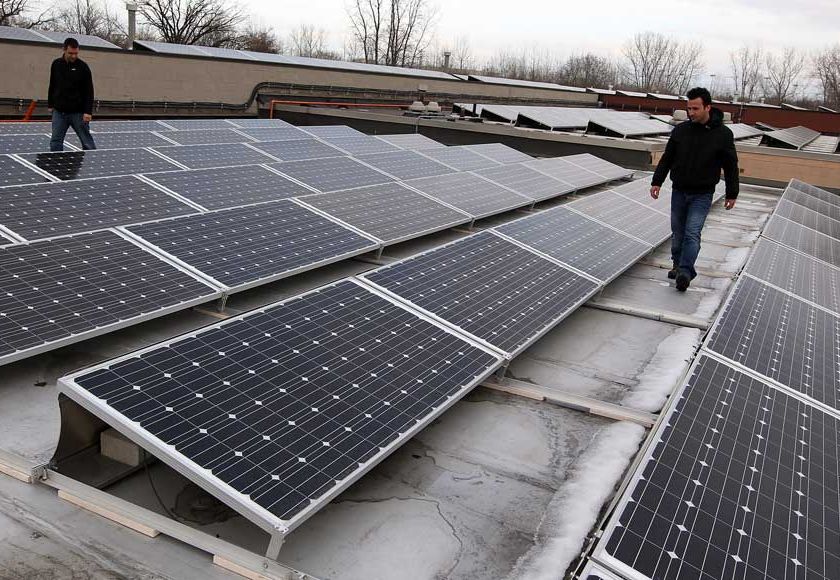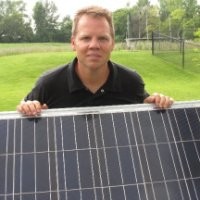Second Solar Company
Seeks Land For Panels
Toronto-Based OYA’s Focus: Otego

By LIZZIE COOPER • Special to www.AllOTSEGO.COM
For the second time in a month, word is out that a solar energy company is hoping to site a project in Otsego County, although much smaller than Storke LLC’s 3,000- acre project that’s surfaced in West Laurens.
In the new project, New York and Toronto-based OYA Solar has sent letters of inquiry to landowners in the Town of Otego whose land appears to fit the requirements.

OYA co-owner Greg Rossetti said he is hoping to lease between 15 and 40 acres to construct a community solar farm of about 5 megawatts, but that the project is only at the beginning.
“We are at the earliest of early stages,” Rossetti said. “If this were my life, I haven’t even been born yet.”
Under the plan, a landowner could get between $1,000 and $2,000 per acre per year. Once built, local residents would be able to subscribe and save about 10 percent on their power bills, similar to the Solstice project that opened last year north of the Village of Laurens.
OYA has not yet found a landowner to work with and has not approached a power company about using its network, Rossetti said. The company already has numerous projects up and running in the U.S. and Canada, he said.
Rossetti said New York is very appealing right now to solar developers because of clean energy incentives recently proposed by Governor Cuomo in his 2020-21 budget.
Cuomo’s fiscal plan includes a $33 billion, five-year effort to combat climate change. Of that, $28 billion would go toward green energy. The aim is for the state to reduce greenhouse gas emissions to zero by 2040.
“Solar all over New York is booming because of Governor Cuomo’s clean energy goals,” Rossetti said.
The state Legislature must approve Cuomo’s proposal for the initiative to become law.
County Board member Rick Brockway of West Oneonta, who represents the area where both companies are looking, said he had not heard of OYA until contacted by the paper.
But he pointed to past initiatives like natural gas drilling or wind farms, in which farmland was locked into leases, but farmers’ returns were minimal, and advised property owners to talk to a lawyer before signing anything.
Rossetti said his leases are more favorable to landowners than many of the gas leases he has seen. OYA initially seeks short-term leases, and if a project doesn’t get started within three years the property owner can walk away.
Brockway also said he was concerned that the Marcy South power line did not have the capacity to carry the energy generated, so it would have to be enlarged. Unattractive arrays and large powerlines could impact tourism, he said.
“If they see wall-to-wall solar farms, they will say this is an ugly place,” Brockway said.
Ellen Pope, executive director of the environmental and preservation organization Otsego 2000, said she, too, had been unaware of OYA’s proposal, but her board had discussed the Storke plan at its most recent meeting.
“I am glad to hear there is another project,” she said. “The question is, can they do it right?”
Pope said her group favors projects that would support a more sustainable future. Working to limit the use of fossil fuels is a priority, but so is maintaining the viability of the land for farming.
“It seems silly to take the farmland out of production,” she said. “Why not install them so you can also farm?”

